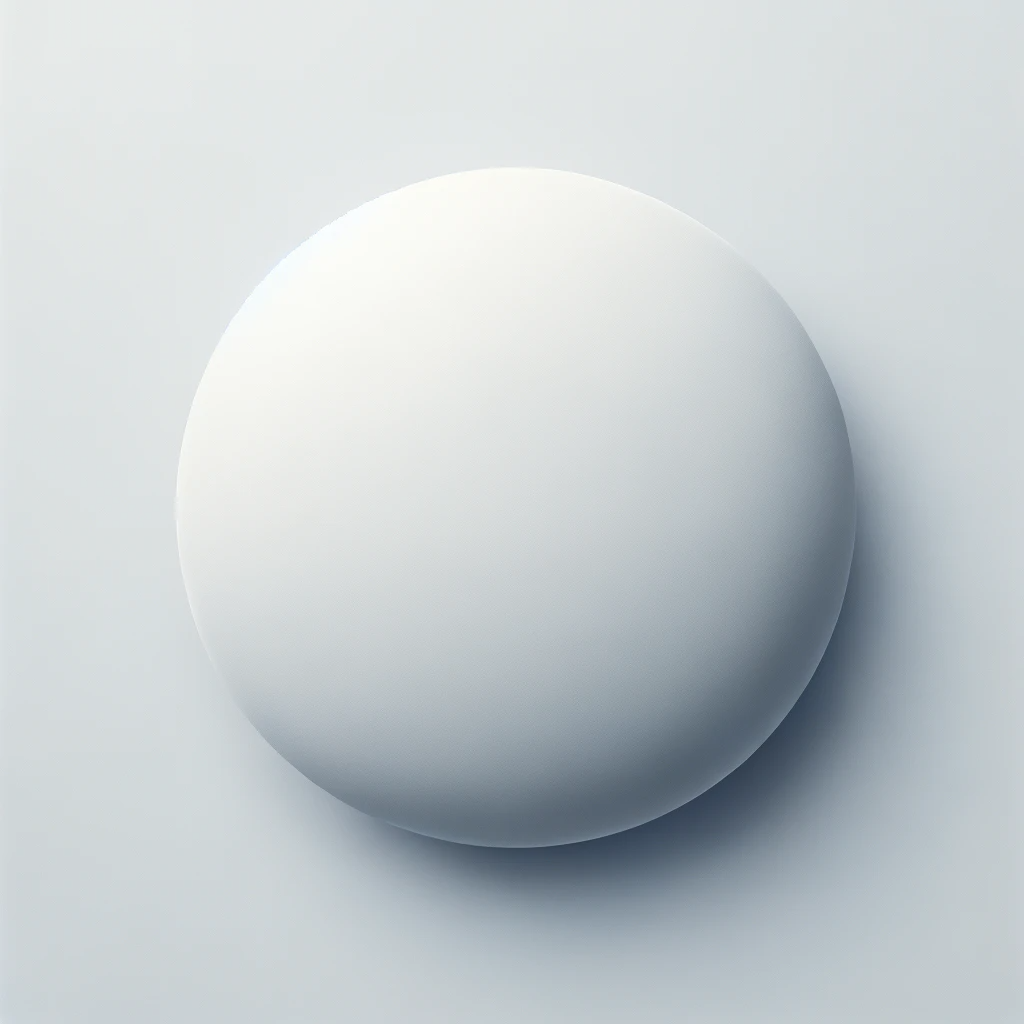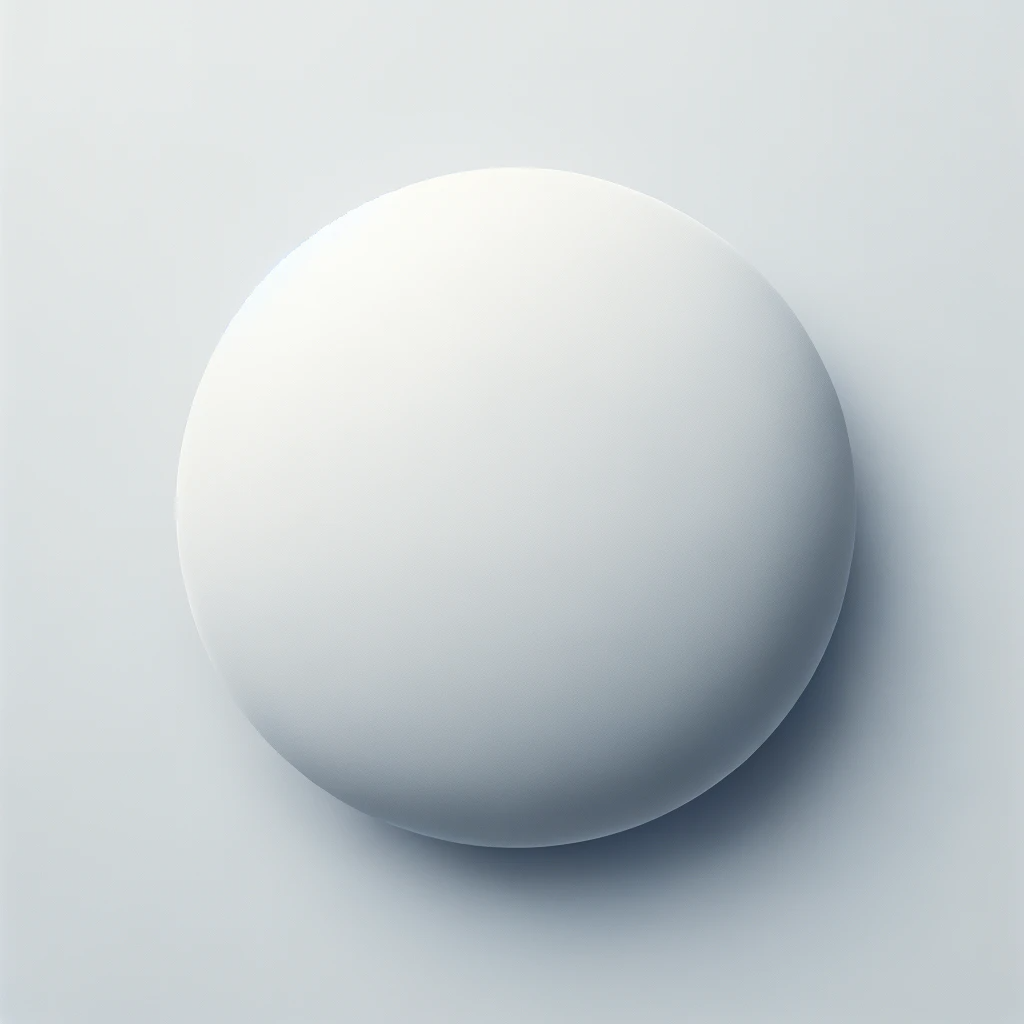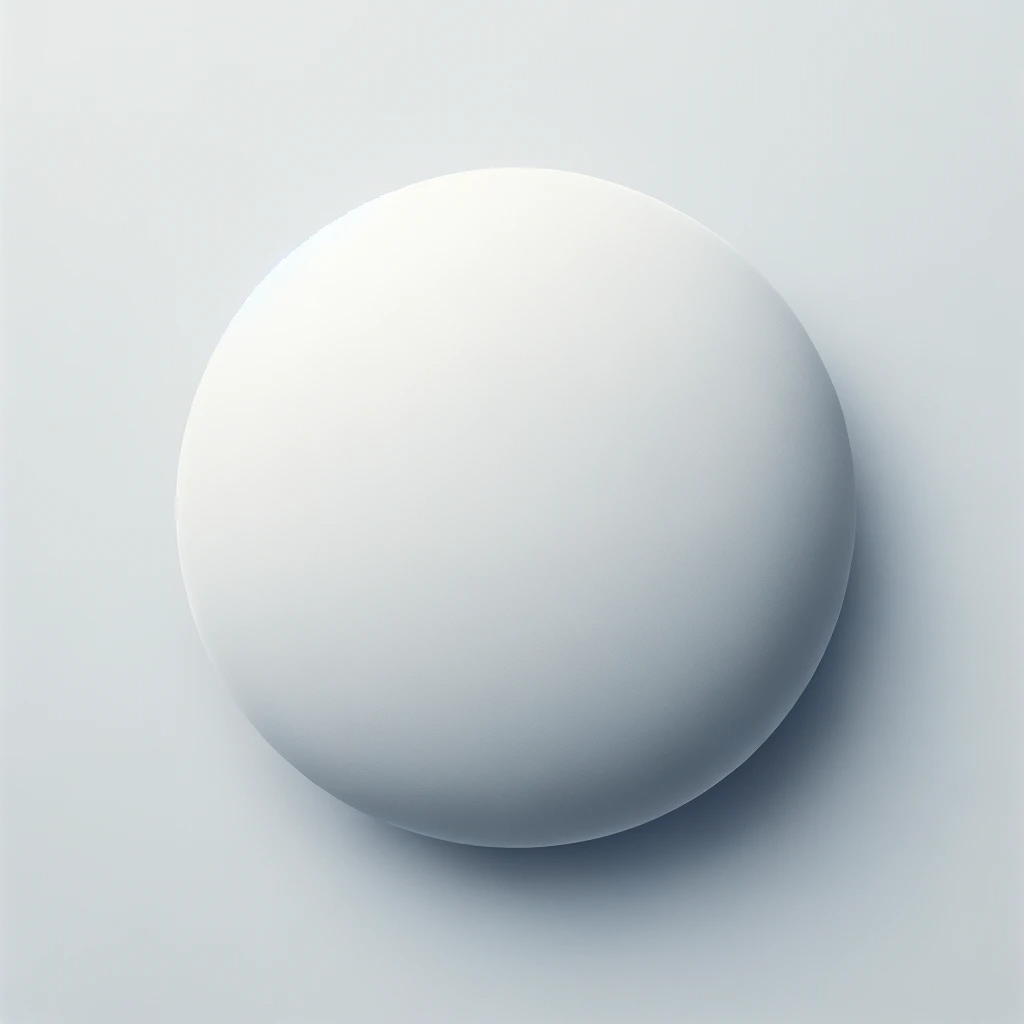Integumentary system quizlet of Technology

4. Thin skin only has ________ layers. Stratum Basale, stratum spinosum, stratum granulosum, stratum lucidum, stratum corneum. What are the 5 layers of skin in order from deep to superficial? Stratum Basale. -Deepest of all epidermal layers (base layer) -Layer that is firmly attached to dermis.Study with Quizlet and memorize flashcards containing terms like Each of the following is a function of the integumentary system except: A. excretion of salts and wastes. B. maintenance of body temperature. C. protection of underlying tissue. D. synthesis of vitamin C. E. detection of sensations., The two components of the integumentary system are the: A. cutaneous membrane and accessory ... What structures are included in the integumentary system? The integumentary system consists of the skin, hair, oil and sweat glands, nails, and sensory receptors. How does the process of keratinization occur? Newly formed cells in the stratum basale are slowly pushed to the surface. As the cells move from one epidermal layer to the next, they ...Terms in this set (177) The vertebrate integumentary system includes. the skin (the epidermis and dermis, collectively referred to as cutaneous tissue) and subcutaneous tissue (the hypodermis) as well as the associated accessory structures including hair, feathers, (epidermal) scales, claws, hooves, nails and (various types of) glands.Integumentary System. made up of skin, accessory organs (nails, hair, glands) Skin. largest organ by weight ... function: protection from pathogens (fungi, bacteria, viruses), retards the loss of water by diffusion, helps regulate internal body temperature, synthesizes vitamin D, houses sensory receptors, excretes small amounts of waste.1. Protect underlying tissues and organs against impact, abrasion, fluid loss, and chemical attack. 2. Excrete salts, water, and organic wastes through glands. 3. maintain normal body temp. 4. produce melanin, which protects underlying tissue from ultraviolet radiation. 5. produce keratin, which protects against abrasion and is a water repellent.The integumentary system includes. the nails, skin, and hair. what are the functions of the skin? protection, temperature regulation, sensations, excretion of wastes, synthesis of vitamin d. what are the four main tissues? epithelial, connective, smooth muscle, and nervous tissue. what is the outer layer of the skin? epithelial tissue. Terms in this set (68) integumentary system. Consists of the skin, mucous membranes, hair, and nail, largest organ of the human body. epidermis. The outer layer of the skin. dermis. A layer tissue underneath the epidermis of the skin which contains blood vessels, lymphatic vessels, nerves, sensory receptors, and oil and sweat glands.Terms in this set (68) integumentary system. Consists of the skin, mucous membranes, hair, and nail, largest organ of the human body. epidermis. The outer layer of the skin. dermis. A layer tissue underneath the epidermis …Definition of eccrine gland. : any of the rather small sweat glands that produce a fluid secretion without removing cytoplasm from the secreting cells and that are restricted to the human skin. — called also eccrine sweat gland. where are most sweat glands found. axillary and perineal regions-g roin and armpits.Terms in this set (64) integumentary system functions. Regulation of body temperature, sensation, immunity, synthesis of vitamin D, protection, excretion, blood resovoir. regulation of body temperature. evaporation of sweat cools you, less sweat can warm you. protection. Protecting from physical abrasion, bacteria, dehydration, and UV radiation. purplish patch, caused by extravasation of blood into the skin. *Abrasion. wound caused by superficial damage of skin*. *Purpura. hemorrhage into the skin*. *Granuloma. nodular inflammatory lesion*. Study with Quizlet and memorize flashcards containing terms like epiderm/o-, epidermis, Epiderm/is and more.Study with Quizlet and memorize flashcards containing terms like Organ, Melanin, 1) Protects 2) sensation 3)water and more. ... Parts of the Integumentary system ...The integumentary system is the body's outermost layer. Composed of skin, hair, nails, glands, and nerves, its main job is to protect your insides from elements in …18 studiers in 3 days. Integumentary System. 70 terms 4.6 (5) Susan_Bitar Teacher. Preview. Page 1 of 625. Learn the integumentary system with free interactive flashcards. Choose from 5,000 different sets of the integumentary system flashcards on Quizlet. 1. Protect underlying tissues and organs against impact, abrasion, fluid loss, and chemical attack. 2. Excrete salts, water, and organic wastes through glands. 3. maintain normal body temp. 4. produce melanin, which protects underlying tissue from ultraviolet radiation. 5. produce keratin, which protects against abrasion and is a water repellent. Study with Quizlet and memorize flashcards containing terms like 1. Describe the size, thickness and functions of the integument. What structures, other than the skin, are included in the integumentary system?, 2. Briefly describe the two layers of skin and the subcutaneous tissue., 3. Name and describe the 5 layers of the epidermis. State the differences between thick and thin skin. and more. 4. Thin skin only has ________ layers. Stratum Basale, stratum spinosum, stratum granulosum, stratum lucidum, stratum corneum. What are the 5 layers of skin in order from deep to superficial? Stratum Basale. -Deepest of all epidermal layers (base layer) -Layer that is firmly attached to dermis.The integumentary system protects the body, regulates temperature and functions in water transfer. It is also an important sensory organ that transmits information about the surrounding world.Learn Test Match Q-Chat Created by Danielle_Humphreys6 Teacher Integumentary System Terms in this set (83) integumentary system Consists of the skin, mucous …Study with Quizlet and memorize flashcards containing terms like What are the general functions of the skin and integumentary system?, What is the major organ of the integumentary system?, ____ membranes are found lining the nasal cavity, the oral cavity, respiratory tracts and digestive tracts. and more.purulent. containing pus. sebaceous. pertaining to sebum. sudoriferous. pertaining to sweat. turgor. condition of fullness. Study with Quizlet and memorize flashcards containing terms like epidermis, dermis, subcutaneous layer and more.Terms in this set (64) integumentary system functions. Regulation of body temperature, sensation, immunity, synthesis of vitamin D, protection, excretion, blood resovoir. regulation of body temperature. evaporation of sweat cools you, less sweat can warm you. protection. Protecting from physical abrasion, bacteria, dehydration, and UV radiation. Integumentary system. -this is a system that consists of the skin, hair, nails, glands, and nerves. -its main function is to act as a barrier to protect the body from the outside world. -it also functions to retain body fluids, protect against disease, eliminate waste products, and regulate body temperature. Skin.List the functions of the integumentary system 1. Protects the underlying tissue and organs against impact, abrasions (friction that rubs), fluid loss, and chemical attacks. List the functions of the integumentary system 2. Excrete salts, water, and organic wastes by the integumentary glands.Chapter 5 - The Integumentary System. What are the functions of the Integument and how. Click the card to flip 👆. Protection - insulate, cushion, prevent waterloss, UV protection. Body Temperature regulation - capillaries and sweat. Excretion - sweat. Vitamin D production - synthesize UV. Sensory reception - sense receptors to touch ...Learn Test Match Q-Chat Created by Danielle_Humphreys6 Teacher Integumentary System Terms in this set (83) integumentary system Consists of the skin, mucous …Definition of eccrine gland. : any of the rather small sweat glands that produce a fluid secretion without removing cytoplasm from the secreting cells and that are restricted to the human skin. — called also eccrine sweat gland. where are most sweat glands found. axillary and perineal regions-g roin and armpits.The glands that secrete sweat, located in the dermal layer of the skin. 3rd layer of the skin; Consists of connective tissue which binds the skin to the underlying muscle. A blood vessel that carries blood back to the heart. Study with Quizlet and memorize flashcards containing terms like epidermis, dermis, hair follicle and more.Learn for free about math, art, computer programming, economics, physics, chemistry, biology, medicine, finance, history, and more. Khan Academy is a nonprofit with the mission of providing a free, world-class education for anyone, anywhere.apocrine sweat glands. start around puberty. axillary and groin area. open in hair follicle. sweat contains lipids and proteins. modified sweat glands. ceruminous glands: make ear wax. mammary glands. test 1, part 3 Learn with flashcards, games, and more — for free. The integumentary system consists of the skin and its accessory organs. Skin is the body's outer covering and its largest organ. Your skin accounts for approximately 15% of your entire body weight. The accessory organs of the skin are hair follicles, nails, and skin glands.Describe hair structure. 1) shaft, protrudes above surface of the skin. 2) root, located below surface. 3) hair bulb, at base of root. Describe hair composition (3 concentric layers) 1) medulla, the central axis. 2) cortex, forms bulk of hair. 3) cuticle, forms surface of hair. Describe hair growth, color & muscles. Match ... The outermost layer of cells designed to provide protection. ... A pigment that gives the skin its color and protects from UV rays. Sweat Gland. Glands ...1 / 83 Flashcards Learn Test Match Q-Chat Created by Danielle_Humphreys6 Teacher Integumentary System Terms in this set (83) integumentary system Consists of the skin, mucous membranes, hair, and nail, largest organ of the human body. epidermis The outer layer of the skin. dermisStudy with Quizlet and memorize flashcards containing terms like Skin Primary function, Epidermis, Stratum basale and more. Home. Subjects. Expert solutions. ... CHAPTER 4 - Integumentary System (disease terms) 100 terms. Kirsten_Bachand. Patho Final - Skin Diseases. 91 terms. ern_reed07. Chapter 8 Skin Disorders and Diseases. 62 terms.Study with Quizlet and memorize flashcards containing terms like Each of the following is a function of the integumentary system except: A. excretion of salts and wastes. B. maintenance of body temperature. C. protection of underlying tissue. D. synthesis of vitamin C. E. detection of sensations., The two components of the integumentary system are …2. Dermis (beneath the epidermis, contains tough connective tissue, hair follicles, and sweat glands) 3. Hypodermis is made of fat and connective tissue. Name the three layers of the skin. The epidermis, the outermost layer of skin, provides a waterproof barrier and creates our skin tone. Function of the epidermis. 1.Study with Quizlet and memorize flashcards containing terms like What are the parts of the integumentary system?, What is the function of the Integumentary system?, What is another name for the Sebaceous glands? and more.Integumentary system. -this is a system that consists of the skin, hair, nails, glands, and nerves. -its main function is to act as a barrier to protect the body from the outside world. -it also functions to retain body fluids, protect against disease, eliminate waste products, and regulate body temperature. Skin. Anatomy: Integumentary System Flashcards | Quizlet. Study with Quizlet and memorize flashcards containing terms like Where is the stratum lucidum found in the body?, Where is the stratum basale? What does it do? Dense Irregular CT, elastin and collagen fibers, form Lines of Cleavage. Describe the Hypodermis. Areolar CT and some adipose, very vascular. Study with Quizlet and memorize flashcards containing terms like What are 4 parts of the Integumentary System?, What are the 3 layers of the Skin, The Epidermis has what kind of tissue? and more.Terms in this set (54) What temperature most closely approximates normal core body temperature? 98.6 F. Identify the salty, acidic substance that is secreted onto the skin and helps inhibit microbial growth? Sweat. Which one of the following best describes an injury requiring deep wound healing? An injury reaching into the dermis.The integumentary system is comprised of what three parts of the body? Skin, hair, and nails. List the three layers of the skin from superficial to deep. ... Other Quizlet sets. ECON Exam 4. 43 terms. mikaylajeanne01. RWC - Legal Notes - Chapter 11. 44 terms. Reuben580. BIOL 313 (Genetics): Chapter 4 Quiz Questions. 20 terms.integumentary system. Consists of the skin, mucous membranes, hair, and nails. epidermis. The outer layer (most superficial) of the skin, made up of epithelial tissue. dermis. A layer of tissue underneath the epidermis of the skin which contains blood vessels, lymphatic vessels, nerves, sensory receptors, and oil and sweat glands. hypodermis.Study with Quizlet and memorize flashcards containing terms like An injection is administered through the skin using a hypodermic needle. Identify the first integumentary structure through which the needle will pass. reticular layer epidermis hypodermis papillary layer, Sebaceous glands are located in all of the following areas EXCEPT the __________. palms and soles scalp brachial region ...Integumentary system. -composed of the skin, nails, and glands. -the skin forms a protective covering for the body that, when unbroken, prevents entry of bacteria and other invading organisms. -protects the body from water loss and the damaging effects of ultraviolet light. -regulates body temperature, synthesizes vitamin D.144. 16 Qs. plays. 11th - 12th. Integumentary System quiz for 9th grade students. Find other quizzes for Biology and more on Quizizz for free! A small tubular cavity in skin containing the root of a hair and is attached to oil glands. The portion of the living skin on which the nail plate sits. Dead, colorless tissue attached to the natural nail plate. The part of the hair located below the surface of the epidermis. Integumentary System Learn with flashcards, games, and more — for free.1. basal cell carcinoma. 2. squamous cell carcinoma. 3. malignant melanoma (worst type) dermatitis. inflammation of the skin, can be caused by any substance that irritates the skin; frequently an allergic reaction to substances; symptoms are dry skin, erythema, itching, edema, macular-papular rashes, and scaling.Study with Quizlet and memorize flashcards containing terms like 1. Describe the size, thickness and functions of the integument. What structures, other than the skin, are included in the integumentary system?, 2. Briefly describe the two layers of skin and the subcutaneous tissue., 3. Name and describe the 5 layers of the epidermis. State the …Study with Quizlet and memorize flashcards containing terms like What are the basic functions of the Integumentary system?, What are the three layers of the skin?, What is the structure of the epidermal layer? and more. Terms in this set (177) The vertebrate integumentary system includes. the skin (the epidermis and dermis, collectively referred to as cutaneous tissue) and subcutaneous tissue (the hypodermis) as well as the associated accessory structures including hair, feathers, (epidermal) scales, claws, hooves, nails and (various types of) glands.integumentary system. Composed of skin, hair, oil and sweat glands, nails, and sensory receptors. Skin. Covers external surface and is the largest organ in the body in terms of surface area and weight. dermatology. Branch of medicine that deals with structure, function, and disorders of the integumentary system. Epidermis.Study with Quizlet and memorize flashcards containing terms like The main organ of the integumentary system is, In conjunction with the skin, accessory organs of the integumentary system, 3 layers of the skin and more. 15 questions on the skin : Question 1 : Number 2 indicatSome cells keep on dividing and increase thickness. The integumentary system has five major func

